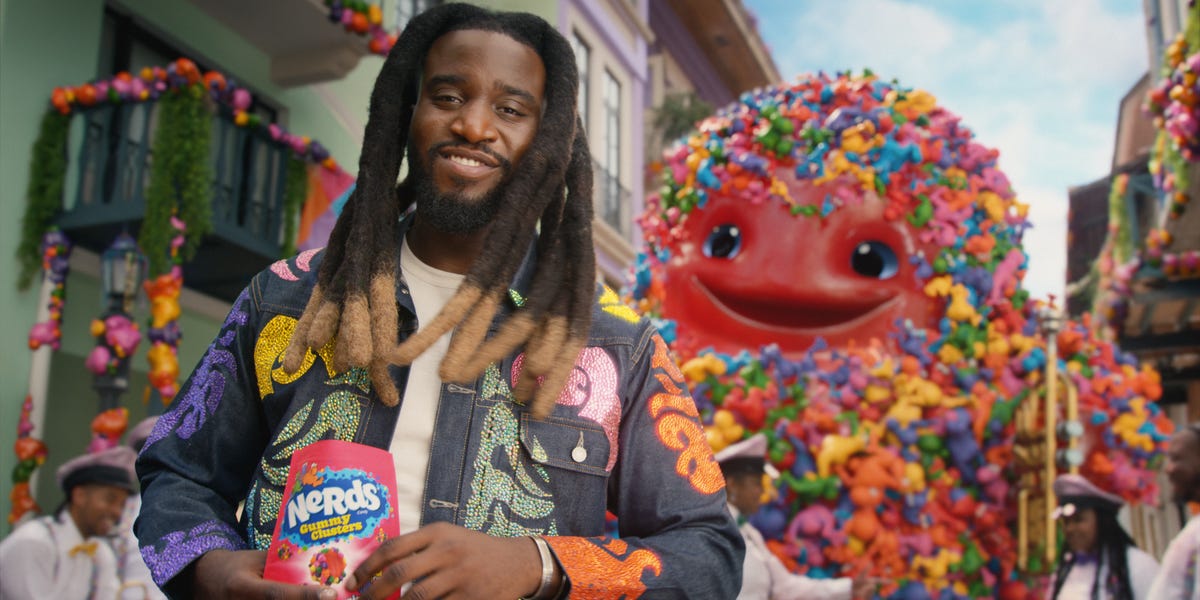Star Power Meets Social Commentary: How Super Bowl Ads Navigate Today's Charged Political Landscape

In the high-stakes world of Super Bowl advertising, brands are pulling out all the stops—and spending big. With some companies investing over $8 million for a coveted 30-second spot during the biggest sporting event of the year, the pressure is on to create memorable, controversy-free commercials that capture viewers' attention and protect their massive marketing investment.
These advertisers are walking a delicate tightrope, carefully crafting messages that will resonate with millions of viewers while avoiding any potential public relations pitfalls. The astronomical price tag of Super Bowl airtime means that every second counts, and no brand wants to risk alienating their audience or becoming the subject of negative social media buzz.
From creative teams to executive boardrooms, there's an intense focus on developing ads that are not just entertaining, but strategically safe and universally appealing. The goal is clear: make a splash without causing a ripple of controversy that could potentially damage the brand's reputation and waste their multi-million dollar investment.

